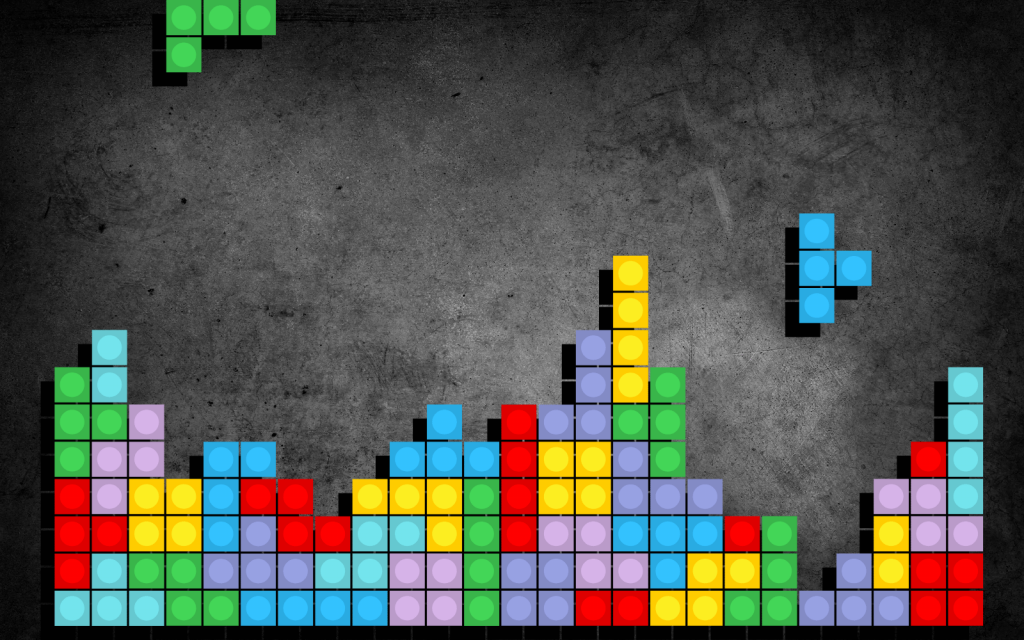Doo doo-de-doo, doo-da-doo doo-de-doo, doo-da-doo, da-doo-doo doo-doo-doo…
Indeed. But Tetris was five years old before Nintendo used it to flog millions of Game Boys and drive a generation of gamers mad by lodging Korobeiniki in everyone’s brains. Alexey Pajitnov had drawn from his love of pentominoes while creating a game to – ahem – ‘test’ new hardware that had arrived at a research institute in Russia. His initial design was a static two-player effort where players would take turns flipping pieces on a glowing Electronika 60 display.
But… doo doo-de-doo. And also, fun. That version of Tetris sounds dreadful. It does.
Fortunately, Pajitnov was a master of iteration. He flipped the playfield, added gravity to drop in new and simplified pieces, and hit upon removing completed (and therefore redundant) rows. Boom! Tetris proper was born. Just add a PC port, quite a lot of piracy, the concept of intellectual property being non-existent in the Soviet Union, some seriously dodgy licensing shenanigans and a huge legal fight between a dozen companies who claimed rights ownership… and we’re back with Nintendo.
And I thought Tetris was all about falling blocks. That sounds more like a film.
Actually, it is. This year saw the release of Tetris, a serious biopic delving into all those business machinations. (And by ‘serious’ we mean no Arnie as Pajitnov, whacking Andromeda Software’s CEO with a giant L piece and growling “I’ll be back – to pick up royalties.”) Mind you, a movie screen’s the least surprising place to see a game that’s been to space, been played on the sides of buildings, and taken place using an electron microscope and glass microspheres. And you thought the Game Boy version was fiddly.




